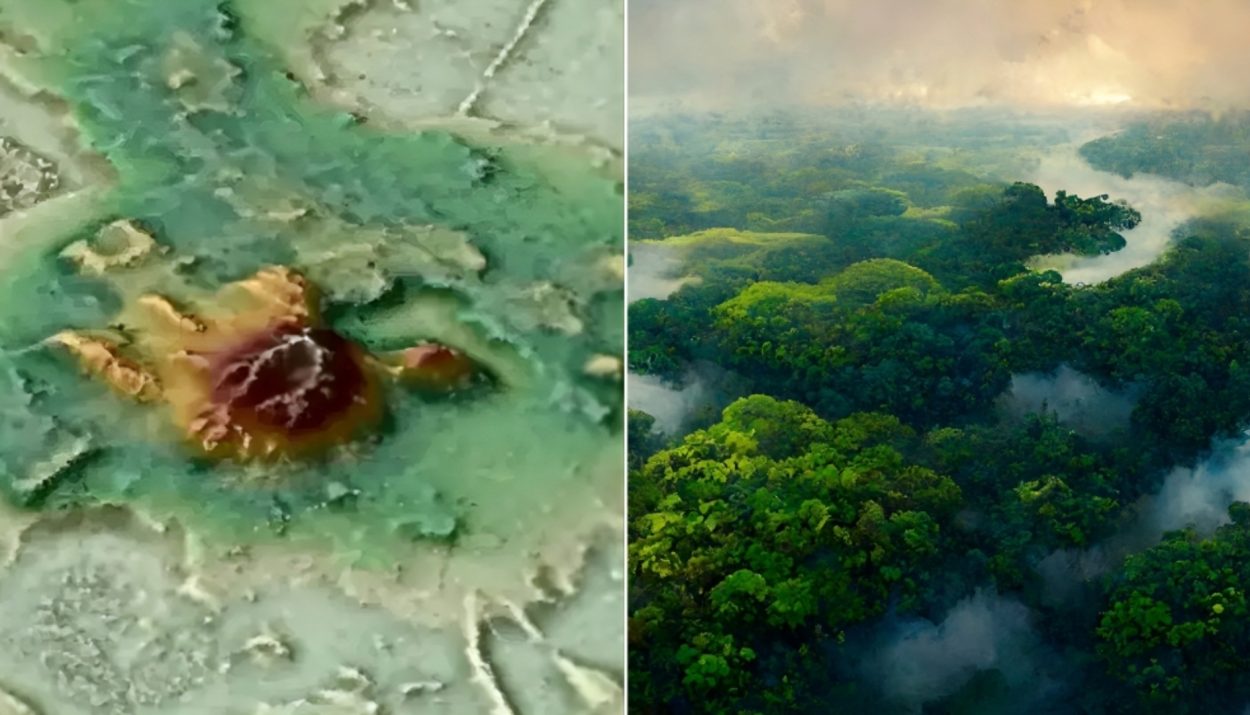The Amazon, long shrouded in mystery, has revealed a startling secret: the existence of ancient pyramids and cities, hidden within its dense foliage.
This discovery, brought to light by advanced laser-mapping technology, challenges our understanding of pre-Hispanic civilizations in the Amazon and ushers in a new era of archaeological exploration.
The Technology Behind the Discovery: LIDAR
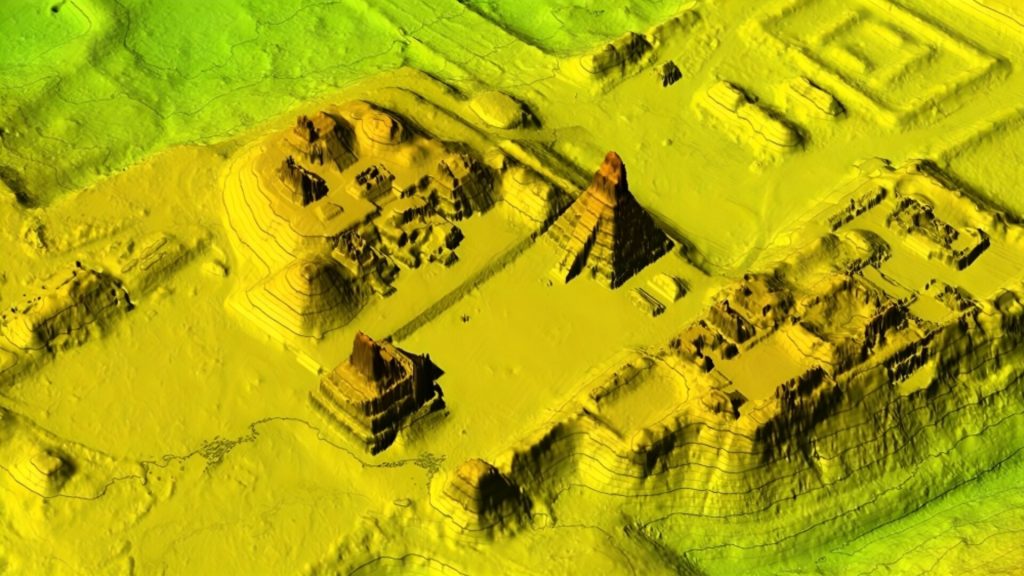
Light Detection and Ranging (LIDAR) technology, a groundbreaking tool in archaeology, was pivotal in this discovery. This advanced technique allows researchers to penetrate dense vegetation, revealing the contours of long-lost structures beneath. This technology is transforming how we explore and understand remote, inaccessible regions like the Amazon.
Before the Spanish conquest in the 16th century, the Amazon was thought to be sparsely populated, with small groups living in simple social structures. However, this discovery suggests a far more complex and dense civilization, challenging our previous notions about pre-Hispanic Amazonian societies.
The Discovery: Pyramids and Cities
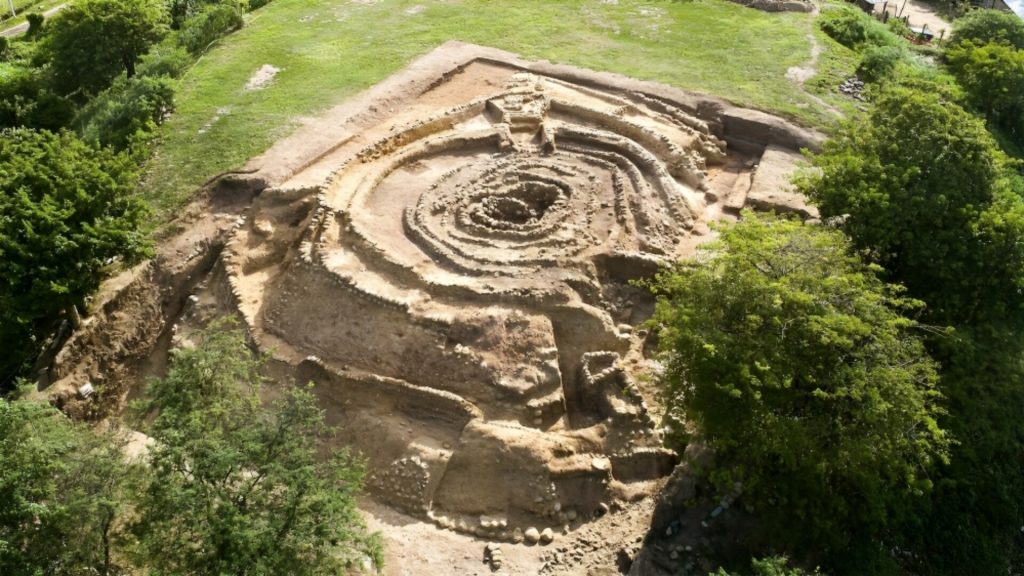
Researchers uncovered evidence of ancient pyramids and town-like structures in a remote part of the Amazon. These findings suggest that Amazonians lived in well-organized townships, a significant deviation from the previously believed nomadic lifestyle.
This discovery sheds new light on ancient Amazonians’ social and agricultural systems. Contrary to earlier beliefs of limited development, these findings suggest advanced urban planning and social organization, similar to other contemporary civilizations.
Dr. Chris Fisher’s Role
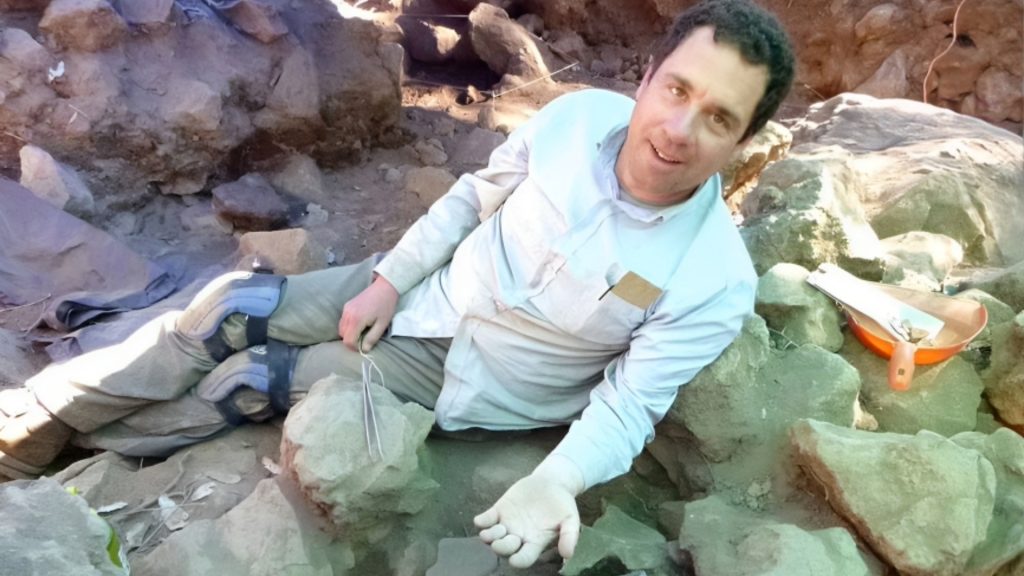
Dr. Chris Fisher from Colorado State University played a crucial role in this discovery. His work and advocacy for LIDAR technology have opened new avenues in Amazonian research, challenging long-standing preconceptions about pre-Hispanic societies in the region.
The path to this discovery began nearly 16 years ago with Dr. Fisher’s work in Mexico. Faced with the immense challenge of exploring a vast ancient city, he sought a more efficient method than traditional archaeology, leading to the adoption of LIDAR technology.
International Collaboration

This landmark achievement was made possible through international collaboration. Teams from Germany and the UK joined forces, using LIDAR-equipped helicopters to survey six regions in the Bolivian Amazon, revealing 26 settlements, including 11 previously unknown.
With this new technology, the future of Amazonian archaeology looks bright. Researchers now have the means to explore vast, uncharted territories, potentially uncovering more ancient cities and altering our understanding of pre-Hispanic civilizations.
A New Chapter in History
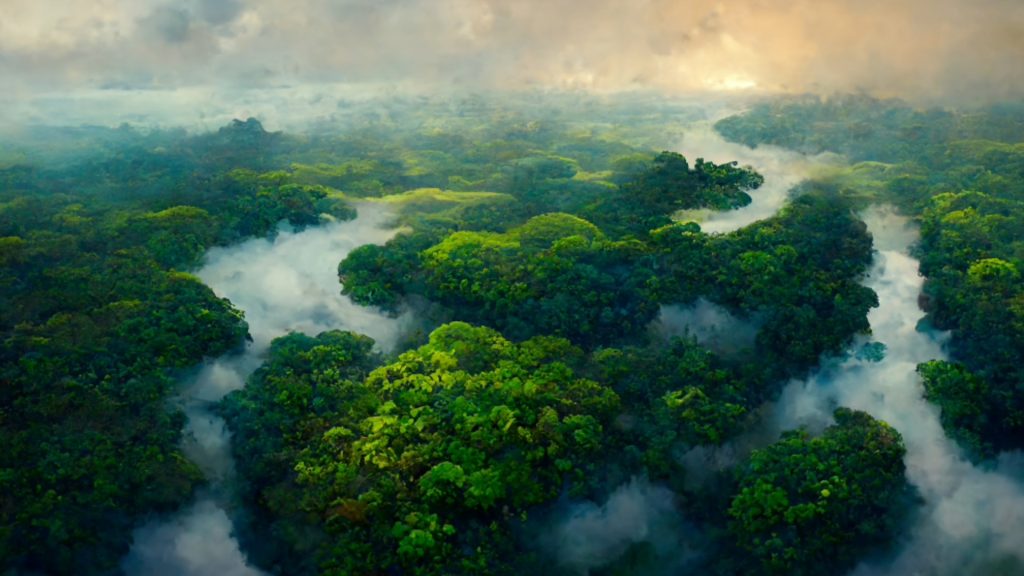
This discovery is not just about unearthing ancient structures; it’s about rewriting history. It challenges long-held beliefs about the Amazon and its ancient inhabitants, opening a new chapter in our understanding of human civilization.
As we continue to explore these hidden wonders, we are reminded of the vast and intricate tapestry of human history that still awaits discovery.

